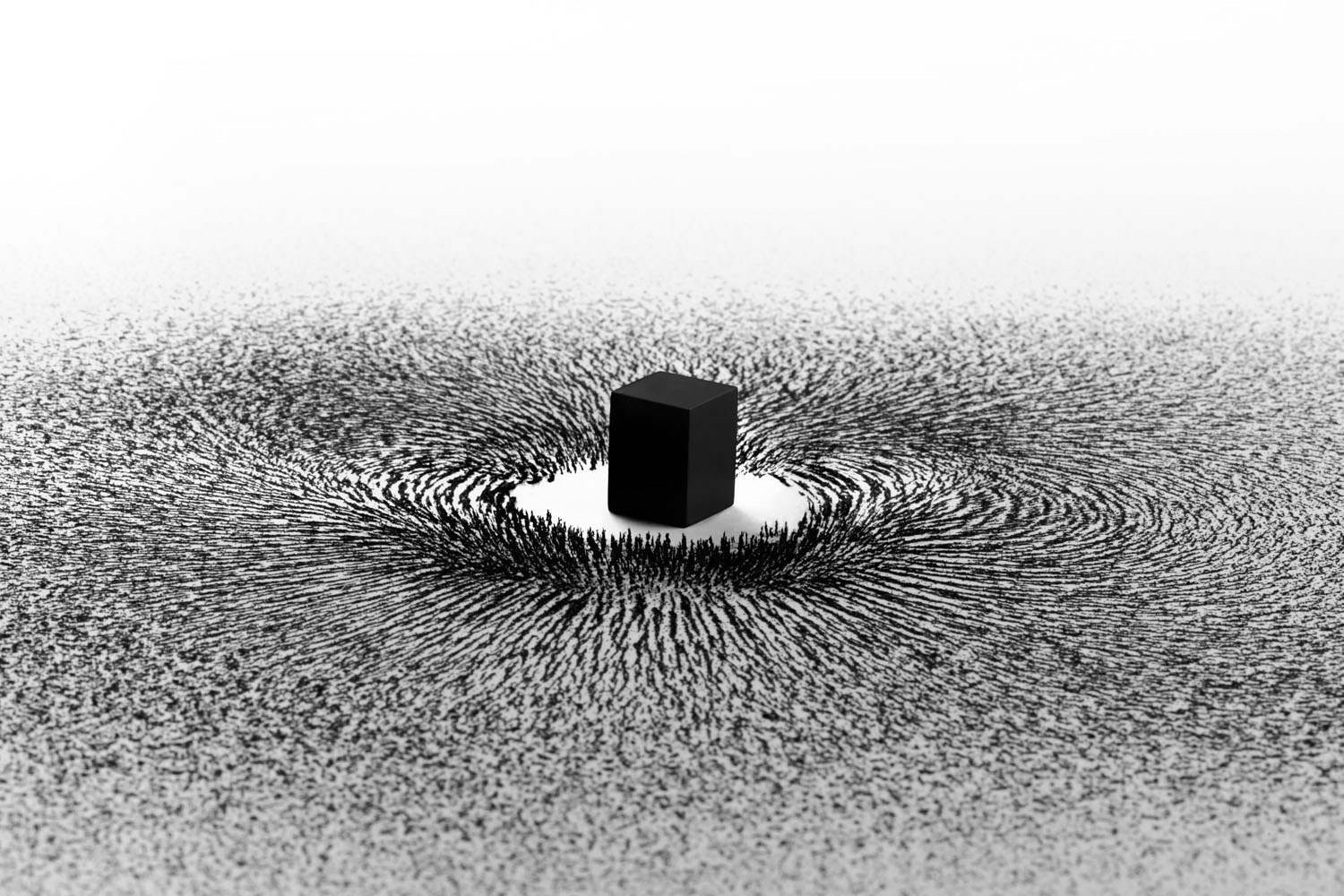
The Middle East, a sprawling and nuanced geographic mass that is home to many cultures and traditions, is often seen through the lens of politics. The Victoria & Albert Museum’s latest photography exhibition, however, manages to transcend this overarching narrative, producing a show that focuses on the subject of contemporary photographic practice.
As the exhibition’s curator Marta Weiss acknowledges, until now, the V & A Museum’s collection of photographs from the region reflected the Eurocentric term itself: “Most of the photographs that we have that relate to the region were made by westerners,” she says. This exhibition marks a departure from that, recognizing instead the wealth and variety of photo-making from this diverse region. “This is very much an exhibition that is not about outsiders, but rather a view of the Middle East from the Middle East.”
Spanning over three decades and encompassing the work of some 30 artists and photographers, the show is divided into three parts: recording, re-framing and resisting. The categories, explains Weiss, show “how photography is being employed by photographers.”
The ambitiousness of the show lies not in its geographic scope, but rather in the drawing together of a diverse group of practitioners who have engaged with the medium in multiple ways. At one end of the spectrum, there is the iconic work of Magnum-photographer Abbas, documenting the unfolding revolution in Iran from 1978-1979 in his series Iran Diary, a precursor to the events attested to recently in the Arab spring. Nermine Hamman focuses on this very subject, photographing young Egyptian soldiers in Tahrir Square. Displayed in the “resistance” section of the exhibition, Hamman’s digitally altered images remove the soldiers from their immediate surroundings and place them instead among candy-colored mountain scapes and cherry blossoms. Entitled ‘Upekkha (2011)’, the images have a postcard-like quality, drawing a parallel between the spectacle of Tahrir Square to that of a tourist attraction.
Despite the intention of the curators to shift the emphasis away from the political, Weiss acknowledges there is a lot of politics in the works. Though some of the photographers openly challenge this. Shadi Ghadirian’s re-staged portraits of Iranian women in the Qajar period (1786-1925) play on the tensions between tradition, modernity and gender. The warm grey theatrical studio photographs feature playful reminders of modernity, including an explorer bicycle and Pepsi can.
The artists on show do not limit themselves to just the Middle East however. Taysir Batniji’s series documenting Israeli watchtowers in occupied Palestinian is a clear homage to German artists Bernd and Hillary Becher’s iconic typologies of industrial structures in Europe. Yousef Nabil, who once worked with David LaChapelle, also looks to Europe for inspiration, photographing elderly Yemeni men in England. By hand-coloring the portraits in the style of old Egyptian film stills however, Nabil celebrates the rich tradition of Middle Eastern image-making, which, as the exhibition is testament to, is as strong and vibrant as ever.
Light from the Middle East: New Photography is on show at the Victoria and Albert Museum in London from Nov. 13 through April 7, 2013.
Kharunya Paramaguru is based in TIME’s London office.
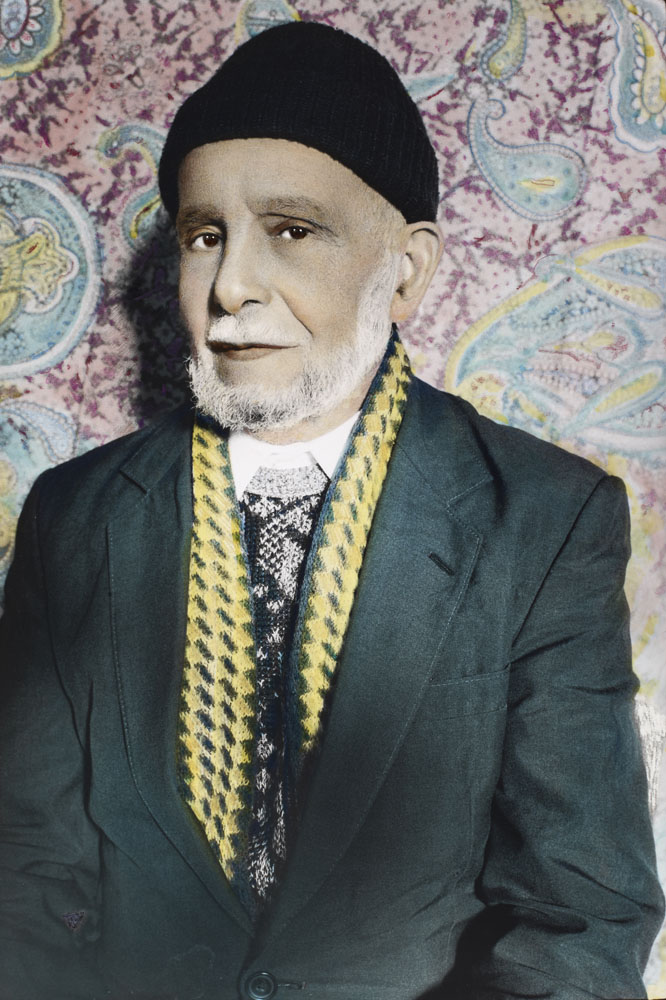

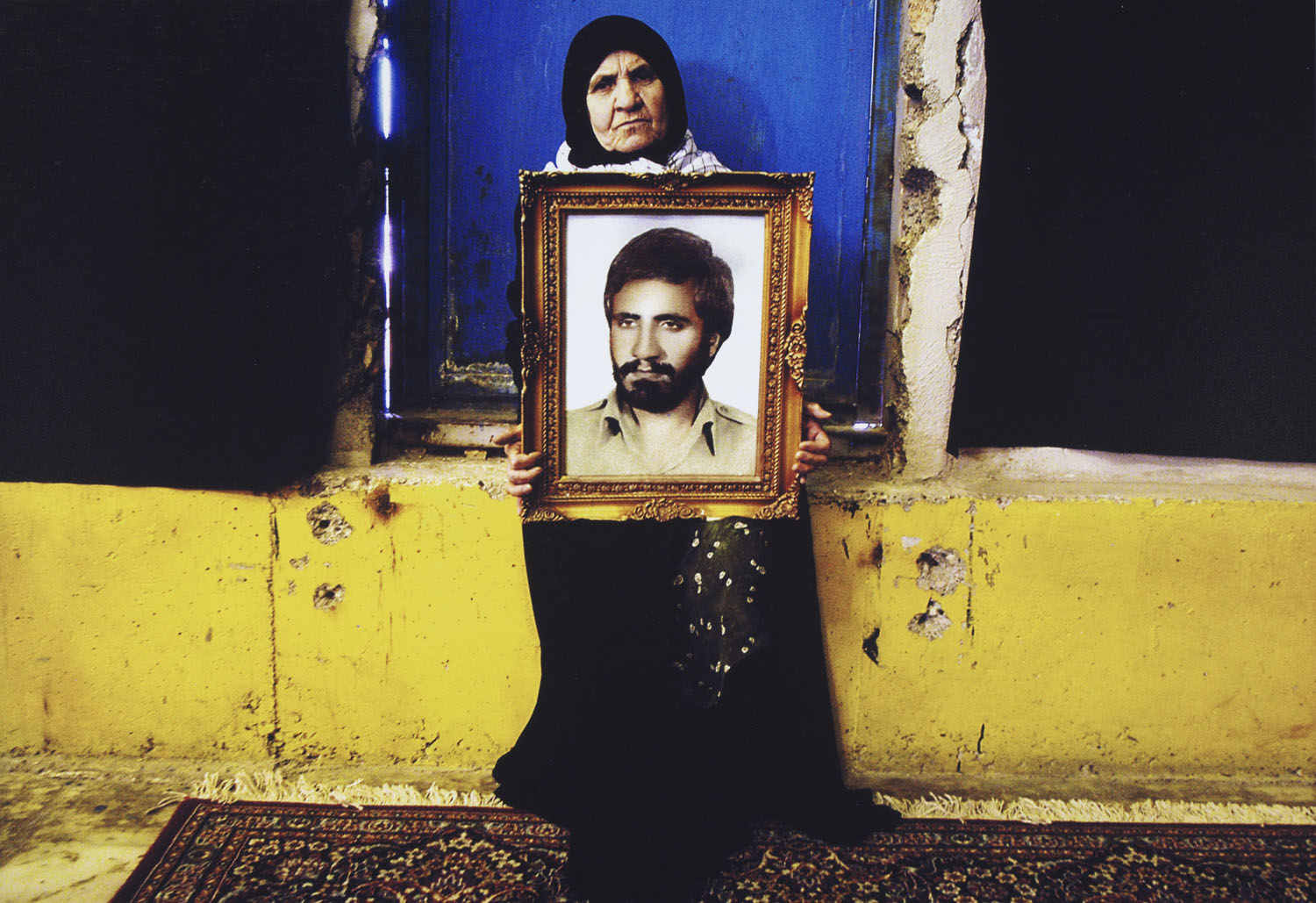


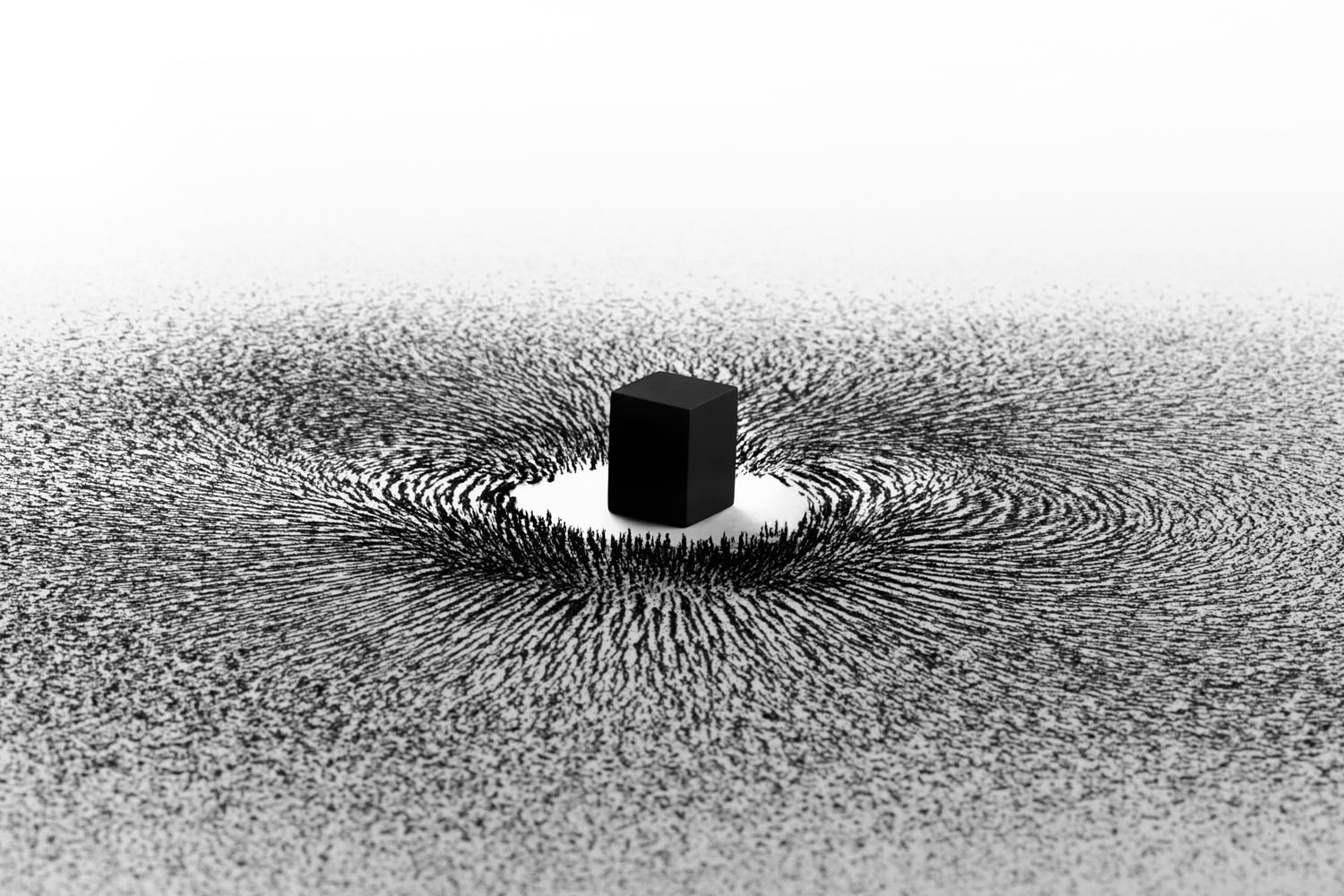
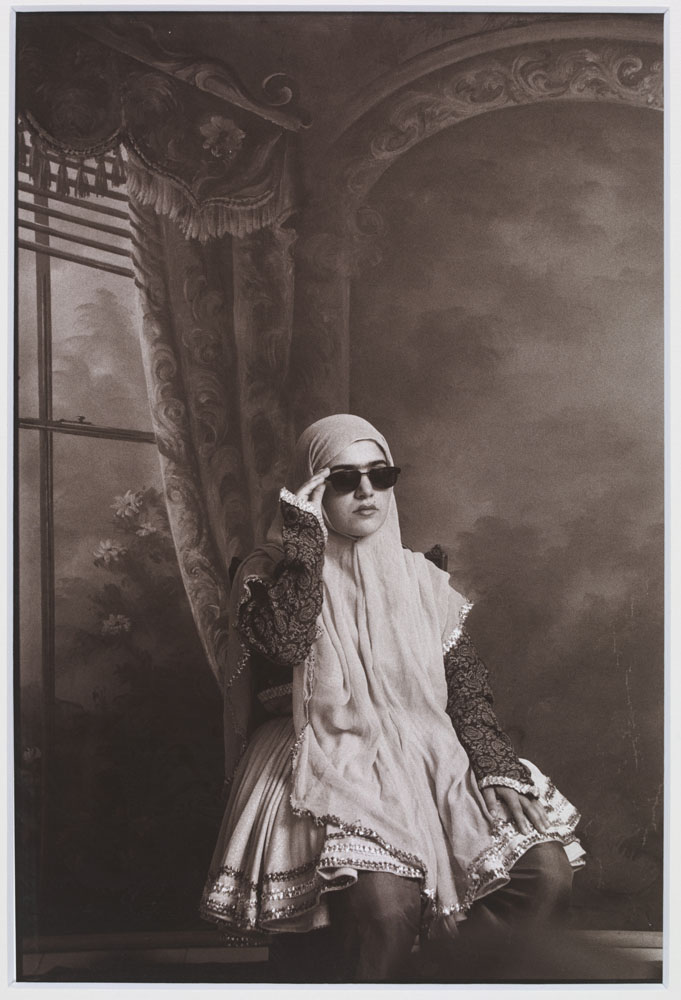
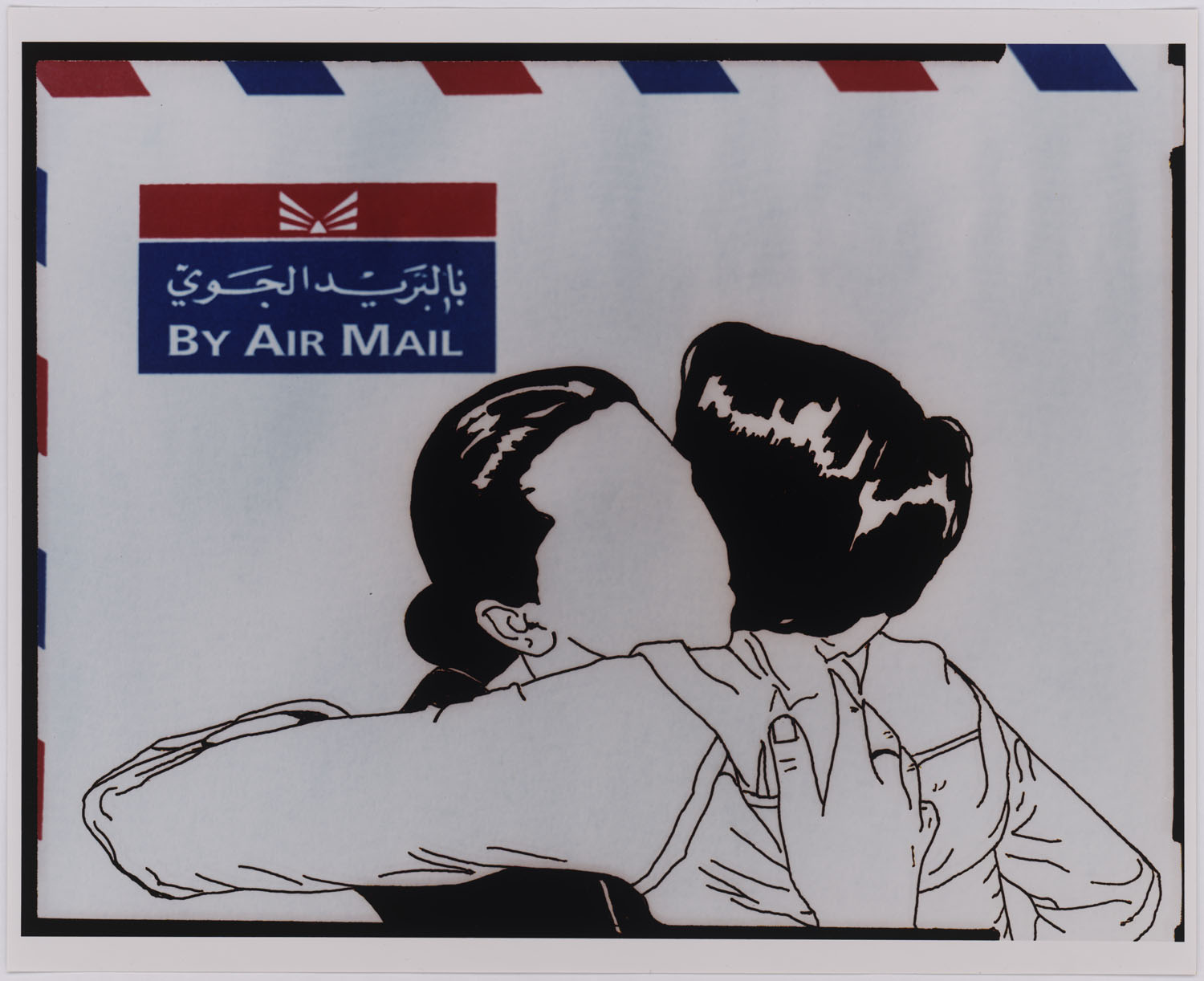
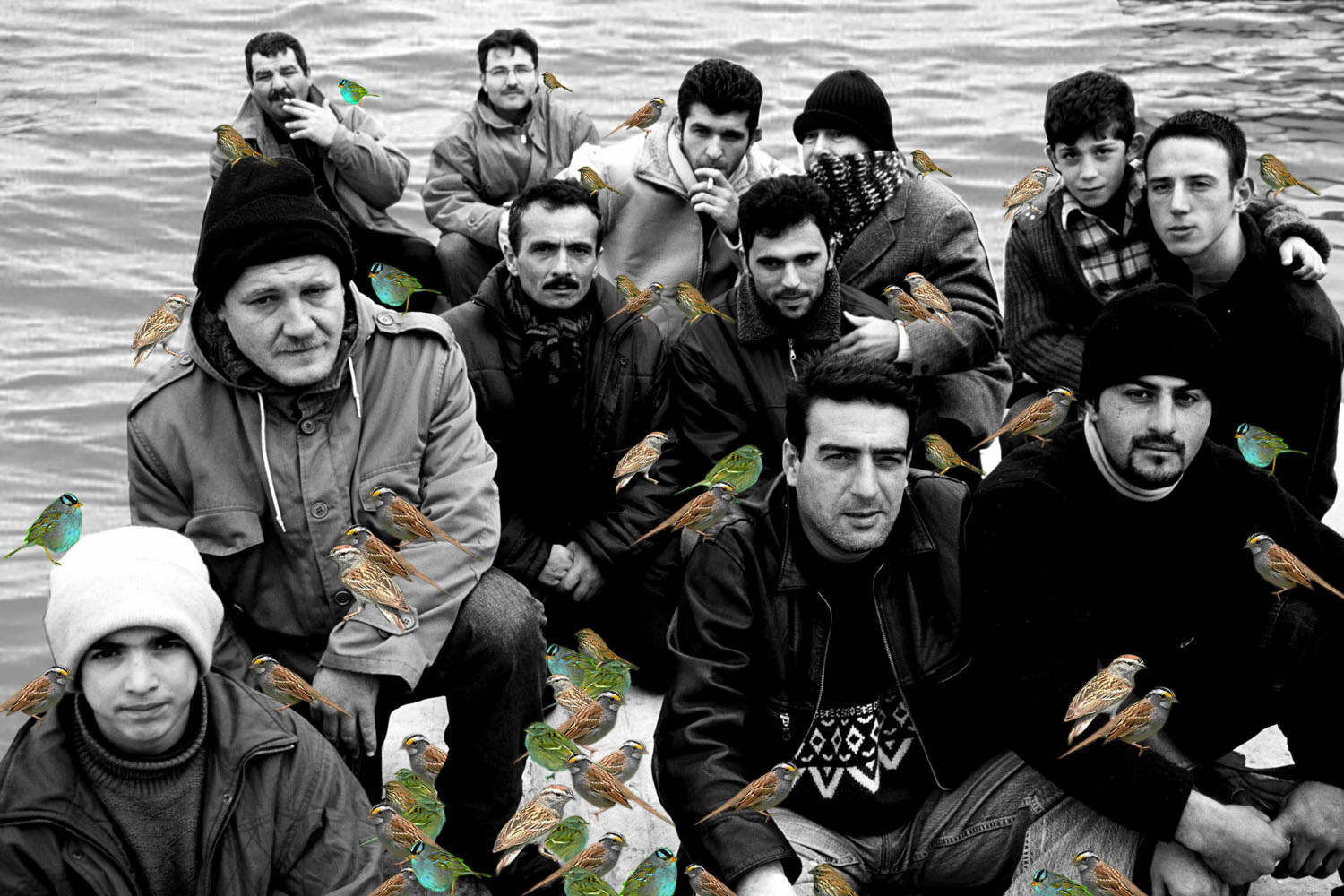

More Must-Reads from TIME
- Inside Elon Musk’s War on Washington
- Meet the 2025 Women of the Year
- The Harsh Truth About Disability Inclusion
- Why Do More Young Adults Have Cancer?
- Colman Domingo Leads With Radical Love
- How to Get Better at Doing Things Alone
- Cecily Strong on Goober the Clown
- Column: The Rise of America’s Broligarchy
Contact us at letters@time.com